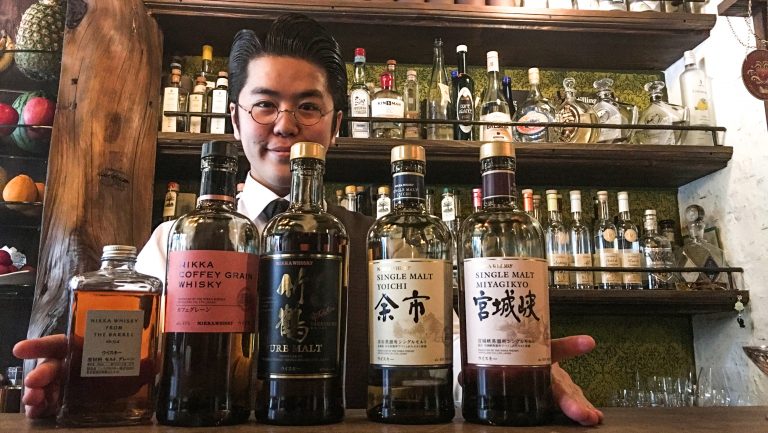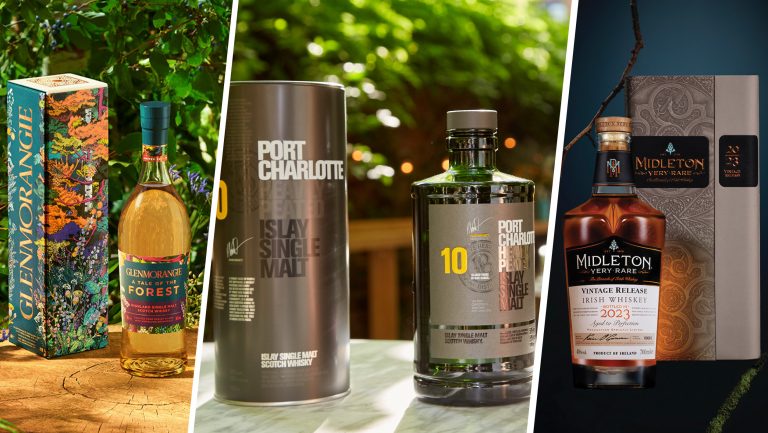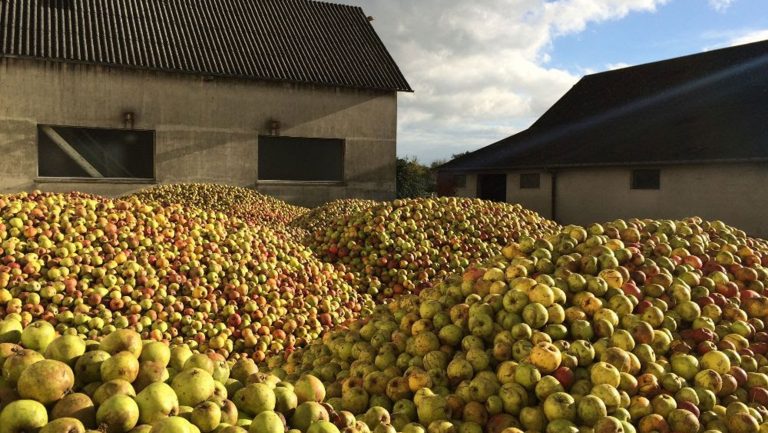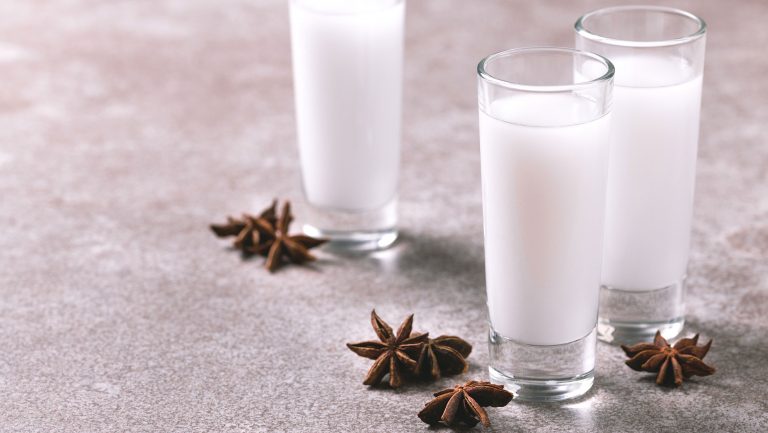Japanese whisky has ballooned from near obscurity into one of the world’s most exclusive spirits categories. It’s happened at breakneck speed—sales across the United States increased nearly sevenfold, from $6 million to $40 million, between 2014 and 2018, according to the Distilled Spirits Council, a lobbying group based in Washington, D.C. As with the success of any commercial good, it’s as much about the marketing of a mythology as it is about the product itself. People love a good story, and the Japanese spirits category leans heavily on the island nation’s reputation for meticulous craftsmanship. But there’s a sizable twist to this tale: Some of the whisky bottled in Japan isn’t actually being made there. So are restaurant, bar, and retail buyers really purchasing and selling Japanese whisky—or just a bill of goods?
While Scotch whisky must be distilled, blended, and aged in Scotland for at least three years—as with bourbon in the U.S.—in Japan, provenance matters not. Regulations for Japanese whisky are loose, requiring only that the spirit be distilled from cereal grain—not rice—and aged in barrels, with no restrictions on grain or spirit sourcing. A producer can bottle entirely imported spirit and repurpose it as “Japanese.” Indeed, a growing number of brands are doing just that. It’s a loophole large enough to steer a supertanker through.
Foreign Imports
“As of late,” says Stefan Van Eycken, the Tokyo-based author of Whisky Rising: The Definitive Guide to the Finest Whiskies and Distillers of Japan, “the category has attracted ‘whisky makers’ who have no qualms about presenting products as ‘Japanese whisky’ in spite of the use—in whole or in part—of whisky imported in bulk from abroad.”

Don’t miss the latest drinks industry news and insights. Sign up for our award-winning newsletters and get insider intel, resources, and trends delivered to your inbox every week.
The international shipment of bulk spirit is nothing new. It’s a massive industry, run by businesses whose names remain wholly unknown to the average consumer. Through them, grain whisky from Canada and Scotland has arrived on Japanese shores for decades and then worked its way into the domestic supply.
“The Black Nikka Clear range consists of imported whiskies as well as spirits matured less than three years, along with our own distilled and matured whiskies,” explains Naoki Tomoyoshi, the head of international business development at Nikka Whisky in Tokyo. “This is not in correlation with the recent stock shortages, as we had been doing so before the Japanese whisky trend started.”
As one of the country’s top-selling producers, Nikka isn’t trying to pull a fast one; rather, it’s making use of lax regulations to produce the cost-friendly Black Nikka Clear range, which is not imported to the U.S. “We would never be able to supply the volume of this affordable range of products if it was produced in the same way as our other ranges,” says Tomoyoshi. “These products are categorized as ‘whisky’ under the laws of Japan. We only sell [the Black Nikka Clear range] in Japan.”
But a growing band of upstart opportunists are gaming the system in far less friendly ways. Without any physical distilleries to speak of, they are brokers before all else—bringing to the global market “Japanese whisky” that’s arguably not what it claims to be. “How, in Japan, can you produce a Japanese whisky if you don’t have the proper equipment to make whisky?” asks Van Eycken. “You bring in stock from abroad, and merely by bringing it into the country, it’s magically transformed into Japanese whisky once you put it in the bottle.”
Since the practice is protected under the guise of “trade secrets,” few companies feel compelled to admit to it. Nonetheless, a paper trail exists in the form of bulk export data. It shows a country that’s become exceedingly thirsty for international whisky over the past few years. As an example, Japan takes in more than 70 percent more Canadian grain than it did four years ago, according to the IWSR, a London-based organization that conducts analysis of the drinks industry. Between 2013 and 2018 the bulk shipment volume of single-grain and blended-grain Scotch coming into Japanese ports has increased by more than 750 percent, while Japan’s consumption of grain spirit remains stagnant, according to the Scotch Whisky Association.
Little, if any, of this bulk spirit is going into bottles as Canadian, Scotch, or other whisky. Rather, it gets poured out of shipping containers and dressed in glass that prominently features kanji script—and the world is expected to pay a steep premium for it.
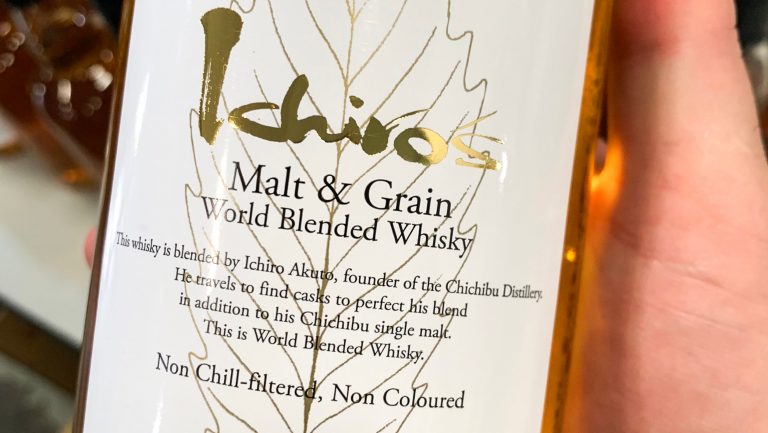
Does Transparency Matter?
Ichiro Akuto, the master distiller at the Chichibu Distillery in Saitama Prefecture, calls this practice whisky laundering. He himself imports plenty of bulk spirit from around the world, and it’s not the sourcing but the lack of transparency that bothers him. His flagship Malt & Grain is sold as a World Blended Whisky and plainly lists the provenance of its constituent parts on the label. Suntory—Japan’s largest producer, based in Osaka—followed Chichibu’s lead earlier this year with the release of Ao World Whisky. A combination of whiskies from Japan, Canada, Ireland, Scotland, and the U.S., it will likely land on American shelves by next year.
The move toward voluntary openness holds promise. But even though Japan’s largest distillers—Suntory and Nikka—may be taking it upon themselves to be somewhat transparent about their production methods, they’re not pushing for legislative changes. In online forums and among whisky enthusiasts, such chicanery is an open secret. Yet the situation stubbornly evades the attention of the mainstream press. “Japan is a country where ‘critical reporting’ isn’t welcomed very much,” Van Eycken points out. “If you are openly critical, the distillers just shut the door in your face because then you’re a troublemaker.”
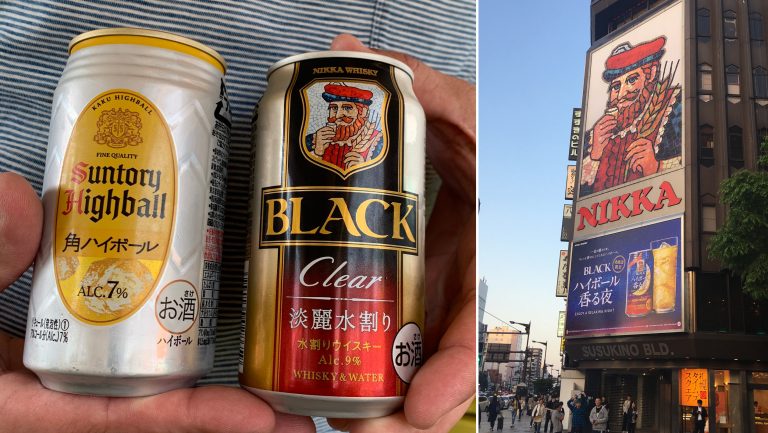
As the secret gets out stateside, is there any way for American buyers to guarantee that they are purchasing whisky made solely with Japanese ingredients? Without more stringent production laws, unfortunately, the answer is no. But for some Japanese whisky supporters, transparency may not change a thing. “I don’t think it really matters to me,” says Shawn Chen, the beverage director and head bartender at RedFarm and Decoy in New York City. “Good whisky is good whisky—it doesn’t matter where it is made or comes from.” He adds that Japanese whiskies are relatively new to U.S. consumers as well, so they don’t have enough knowledge about the category for production practices to be a concern.
Either way, knowing the truth doesn’t change the flavor of the liquid in the bottle. “I don’t think it makes the whiskies any ‘less than’ if [producers] sourced their spirits outside of Japan,” says Chen, “because every master blender has their unique take on their whiskies, which gives each whisky its unique characteristics and personality, so to speak.” But while most people—trade professionals and consumers alike—love to sip on a seductive story, nobody appreciates being lied to. With Japanese whisky, the distinction between the two remains razor thin.

Dispatch
Sign up for our award-winning newsletter
Don’t miss the latest drinks industry news and insights—delivered to your inbox every week.
Brad Japhe is a freelance journalist specializing in food, beverage, and travel. He moonlights as a beer and spirits consultant, hosting monthly craft pairings/educational dinners in Los Angeles and New York City and curating drink menus for festivals and restaurants. Follow him on Instagram @Journeys_with_Japhe.

